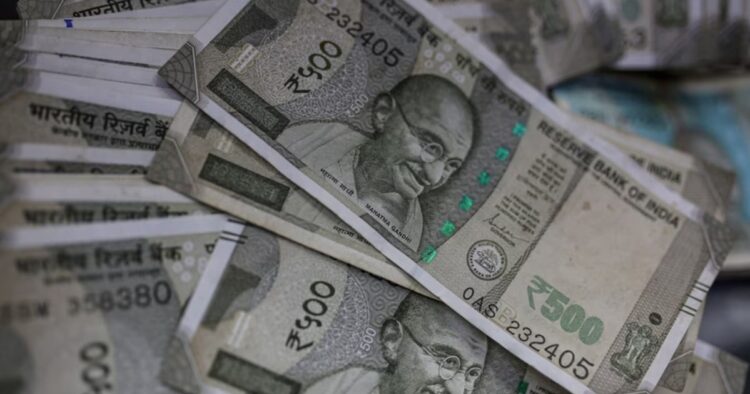In a recent announcement, Finance Minister Nirmala Sitharaman shared that the Bharat government is planning to borrow a gross sum of Rs 14.13 lakh crore in the fiscal year starting April 1. This represents a decrease from the current fiscal year’s borrowing, which amounted to Rs 15.43 lakh crore.
Despite the reduction in gross borrowing, the net borrowings for the upcoming financial year are expected to remain mostly unchanged at Rs 11.75 lakh crore compared to the present fiscal year. The gross borrowing figure falls below economists’ expectations, which were estimated at Rs 15.6 lakh crore according to a Reuters poll.
The announcement had a significant impact on Bharat’s 10-year benchmark yield, dropping to 7.0511 percent—a decrease of eight basis points. This indicates a positive response from the market to the lower-than-expected borrowing targets.
The funds raised through market borrowings will primarily address a fiscal deficit projected at 5.1 percent of GDP for the fiscal year. To effectively manage the debt profile, the government plans to conduct switch auctions totaling Rs 1 lakh crore throughout the year. These auctions aim to exchange bonds that are nearing expiration with longer-tenor securities, as outlined in budget documents.
In addition to market borrowings, the government intends to generate Rs 4.66 lakh crore through Bharat’s small savings fund to fill the budget gap for the upcoming fiscal year. This diversified approach to fundraising aligns with the government’s strategy to maintain fiscal stability while navigating evolving market dynamics and fiscal challenges.
In summary, the government’s announcement reflects a cautious approach to managing public finances, balancing the need for economic stability with the recognition of the dynamic nature of financial markets and fiscal constraints.

















Comments